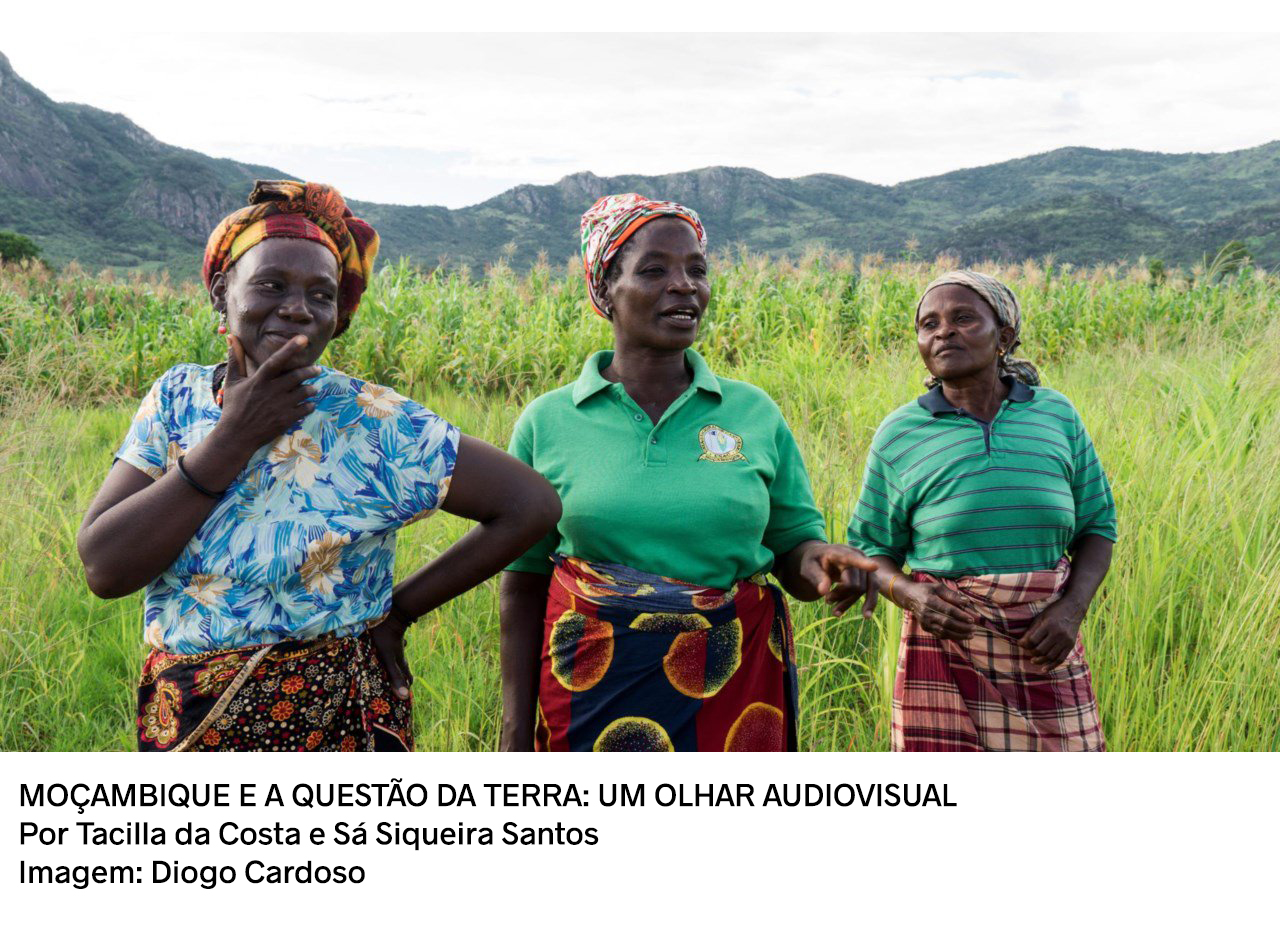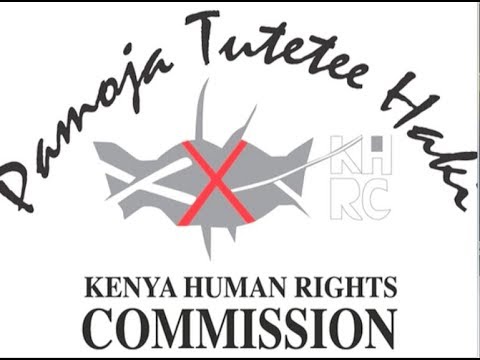Displacement, Resettlement, Rehabilitation, Reparation and Development [as a result of dams]
Reviews recent practices relating to displacement, resettlement, rehabilitation and development of people negatively affected by the construction of dams, in order to locate the global experiences in dam induced displacement and understand the socio-political context of displacement and resettlement. Further, the assessment focuses on how legal and regulatory instruments facilitating displacement and involuntary resettlement have performed in safeguarding the rights of affected people.




